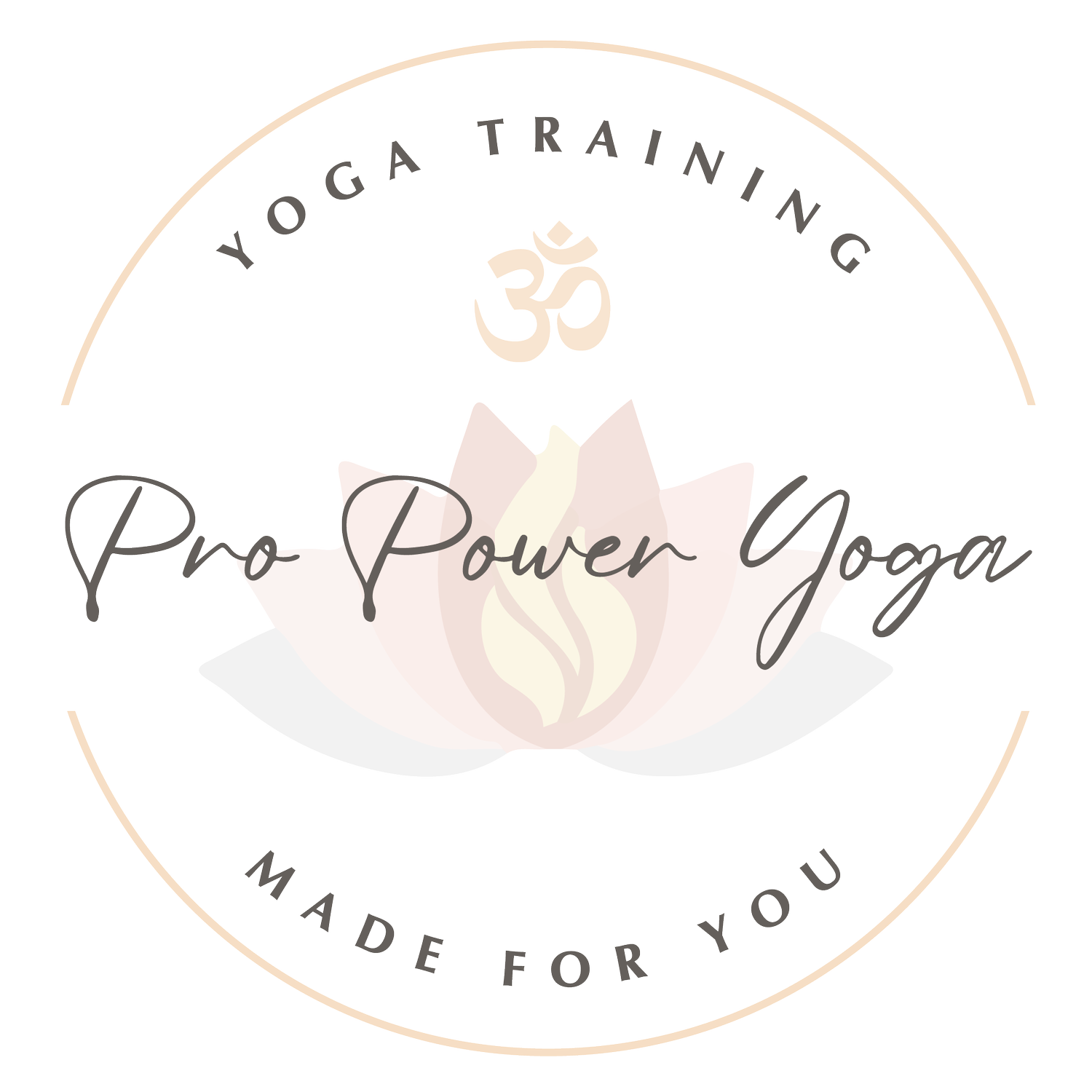Creating Effective Yoga Sequences: A Unique Blend of Science and Art
As a yoga teacher, we believe in the art and science of creating yoga sequences that strike a balance between challenge and relaxation, all while resonating with both the mind and body. Our aim is to curate experiences that promote energy balance, mindfulness, and purposeful movement.
Whether you're a new or experienced teacher, here are essential concepts we incorporate in our yoga teacher trainings to help you create well-rounded and effective yoga sequences:
1. Set a Clear Intention: Start by defining the purpose of your class. Whether it's centered around a chakra, an anatomical theme, or a philosophical idea, a clear intention will guide your sequence.
2. Begin with a Gentle Warm-Up: Ease into your sequence with gentle poses that prepare the body for more challenging postures. Incorporate simple seated stretches, spinal twists, and forward folds to set the tone and help students connect with their breath.
3. Gradual Progression: Structure your sequence like a story, with a beginning, middle, and end. After warming up, gradually increase the intensity of the postures. Transition from seated stretches to Sun Salutations or standing poses.
4. Highlight Peak Postures: Every sequence should have a peak moment - the most challenging posture or series of postures. Ensure that the preceding poses have adequately prepared the body for this pinnacle.
5. Cool Down Thoughtfully: After reaching the peak, guide your students into a period of restoration. Transition to gentler poses like seated forward bends or supine twists, allowing the heart rate to decrease and the body to relax.
6. Conclude with Savasana: Always wrap up your session with Savasana (Corpse Pose) to provide students with a few minutes of stillness. This is when the body absorbs the benefits of the practice and the mind meditates without distractions.
Other Essential Factors to Consider:
Offer Posture Variations: Remember that every student is unique. Provide variations for postures to ensure that everyone, from beginners to advanced practitioners, feels challenged yet comfortable.
Mindful Transitions: Prioritize smooth transitions between postures. Aim for a flow that feels natural and intuitive, minimizing the need for excessive adjustments or movements.
Test Your Sequence: Before teaching it, practice the sequence yourself. Pay attention to how it feels in your body and make necessary adjustments. This will also help you gauge the timing for each section.
Seek Feedback: After teaching, ask trusted students for their input. Did any part of the sequence feel disjointed? Was the peak pose accessible? Their insights can be invaluable.
Crafting a yoga sequence requires a deep understanding of science and art. While knowledge of anatomy, alignment, and energy flow is essential, listening to your intuition is equally vital. Your aim is to guide students on a journey that is both challenging and nurturing, leaving them feeling revitalized, balanced, and deeply connected to themselves.
Follow @propoweryogatraining for more tips! Interested in our next Yoga Teacher Training? Apply Here

